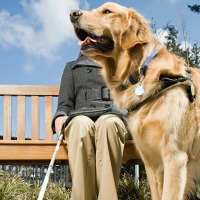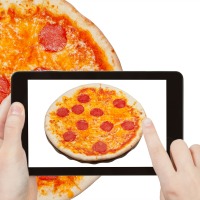 While the headline of this post seems obvious, it’s not intended in the way you think. Typically, when we write about mobility it’s about the use of a mobile device or the apps that are created for those devices, including tablets and smartphones. Although Uber certainly meets this definition, having developed a successful ride-sharing app that has revolutionized the way people move around cities, we’re talking instead about how the company is also helping people who are blind or have low-vision travel with ease, increasing their physical mobility from place to place.
While the headline of this post seems obvious, it’s not intended in the way you think. Typically, when we write about mobility it’s about the use of a mobile device or the apps that are created for those devices, including tablets and smartphones. Although Uber certainly meets this definition, having developed a successful ride-sharing app that has revolutionized the way people move around cities, we’re talking instead about how the company is also helping people who are blind or have low-vision travel with ease, increasing their physical mobility from place to place.
According to Mike May, CEO of Sendero Group, Technology Consultant to Uber Technologies:
I work closely with Uber as a technology consultant to test their VoiceOver iOS compatibility and enhance the Uber experience for riders who are blind or visually impaired. As a blind rider, I know what a game changer Uber has been for many people. My goal working with Uber is to help ensure that the technology continues to be a great transportation option for the blind and low vision community.
In addition to mobility, Uber is also providing accessibility as we documented in a previous post for people with physical disabilities. This accessibility, like the VoiceOver iOS, will benefit all users and create solutions that continue to provide mobile inclusion and innovation.
Interested in the latest in mobility developments? Sign up for our email list.






